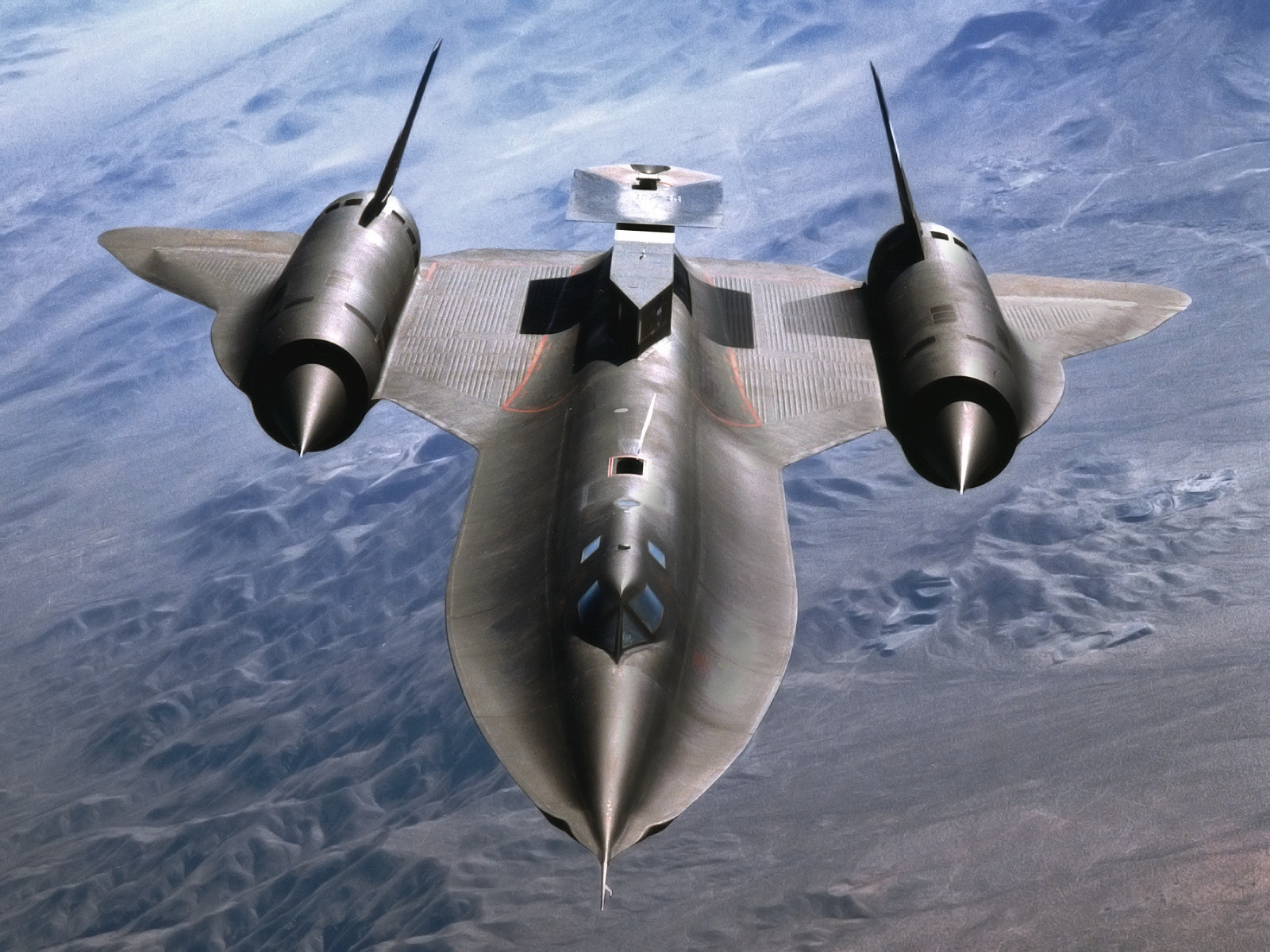The speed of sound is about 340 metres per second, so when you count to one second, sound has traveled roughly over the distance of a 3 soccer pitches. Thats faster then any over priced footballer can do. More or less I feel sorry for the ball at this speed. But replace the sportsman with a expensive jet engine along with a aircraft design to cut though the air like a knife, then you might have the makings of a plane that can beat the sound barrier.
 Mans quest for going that little bit faster has brought you Bell x-1 at 670 mph, the SR-71 Black bird at 2269 mph and the X15 at 4,510 mph. Super sonic jets started in 1947 with the Bell X1 in hope to break the sound barrier, this led to the production plane F86. The SR-71 black bird was reconnaissance aircraft in the mid 60's its ability to outrace anything in the sky at March 3. Probably was most effective at the height of the cold war against any MIG-25 by out running any threats.
Mans quest for going that little bit faster has brought you Bell x-1 at 670 mph, the SR-71 Black bird at 2269 mph and the X15 at 4,510 mph. Super sonic jets started in 1947 with the Bell X1 in hope to break the sound barrier, this led to the production plane F86. The SR-71 black bird was reconnaissance aircraft in the mid 60's its ability to outrace anything in the sky at March 3. Probably was most effective at the height of the cold war against any MIG-25 by out running any threats.Concord seems to be the only non military supersonic plane, which ran for 27 years before retiring in 2003. It claimed to fly from London to New york in 2 hrs, the range of concord was limited to 500 miles along with rising fuel cost and limited sales for the plane it was soon cancelled.
They already made aviation history by launching X-43A scramjet in march 2004, in hope to increase the speed the unmanned aircraft will reach mach 10 or 7000 mph. The possibilities are most-likely for very high altitude flight or as a alternative to the space shuttle payload transport for larger aircraft.
The US military has the same idea to fly a hypersonic plane at 20 times the speed of sound by 2016. The X plane will travel at March 20 or about 13,000 mph. According to a government agency the project comes in response to the US's military advantage being threatened by other nations increasing abilities in stealth and counter stealth warfare.
The boeing X51 wave rider scramjet Engine test project is a demonstration in 2010, that will give the company better understanding for scram jet technology. Though uses for this kind of technology can be easily adapted for cruise missiles or surveillance with a quick travel time of any where in the world in a hour. Its engines incorporates the mixture of air and onboard fuel at speeds higher then mach 6. With no moving parts and the engine can be reused again and again for repeated military operations.
Normal jet engines can achieve anywhere up to mach 2, but with the new scramjet technology things might get even faster. With promises of possible space flight propulsion to high altitudes it might be a reality that space tourism will be powered by scramjets. Also with NASA looking for new designs for aircraft in 2025, I am hoping Scramjet technology will be powering the commercial flights of the future. Its hard to say where the future lays with flight at the moment. It might take decades of safe testing for this new engine technology, towards commercial flight. Though some people have ideas that a test hypersonic plane named Aurora already exists, and that scram jet technology will remain in military hands. I am forever hopeful it might be filtered down for something better then just warfare.


No comments:
Post a Comment